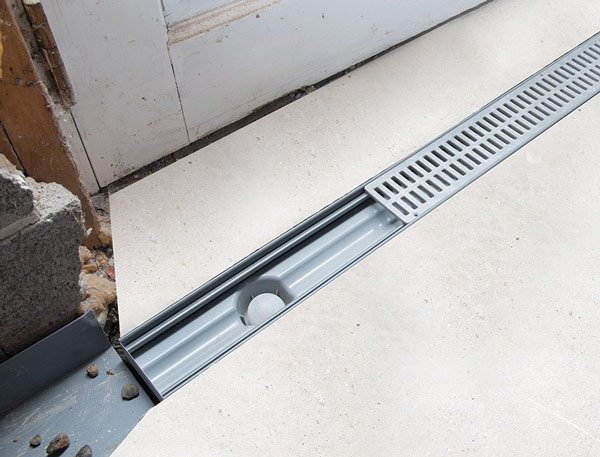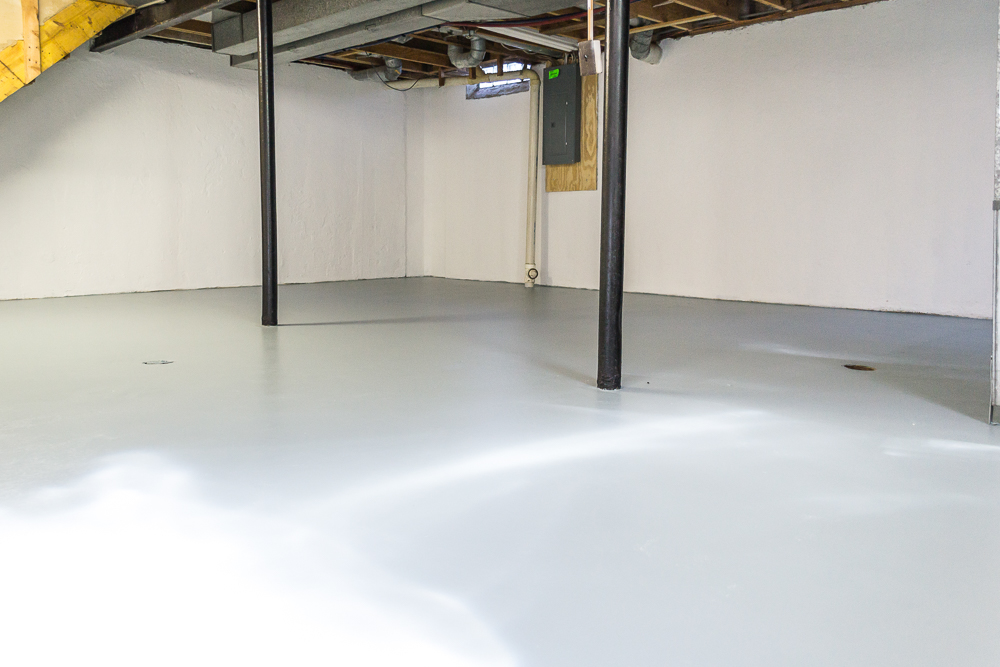There might be nothing scarier than the possibility of a flooded basement. Actually, the only thing scarier is the bill you’d get from a contractor.
Before you jump to using a contractor for basement waterproofing solutions, consider the possibility that you could apply some effort into doing it yourself. While large, structural issues might be out of your hands, you’d be surprised to know how much you can do on your own.
Here are a few tips to get started with personally waterproofing your basement.
DIY Basement Waterproofing Solutions
To start, we should mention that your best bet in any situation is to take action right when you notice moisture. Wetness may come from your basement floors, seep through cracks, or some other means, but it’s essential that you get working as soon as possible.
In cases where the damage is already done, it’s always best to call a professional. Companies like Basement Worx are great sources of help when it comes to water damage in your home.
1. Concrete Sealers

Sealers are a great way to address potential issues and cracks with your concrete. They are easy to apply and always come with a comprehensive manufacturer’s set of instructions Sealers will work well on surfaces that are either barely wet or dry. Even damp surfaces can be present when applying sealer, but you should make sure to remove all standing water.
2. Solid Ground Runoff
You should make sure that the pipes, downspouts, and gutters of your home are all in good condition. Your water run off should be directed away from your home’s foundations in the first place.
In many cases, a basement with water is a result of poor planning as the home is built. If you’re home already has issues in these areas, it may be worth contacting a professional.
3. Sloped Lot
Another issue that causes water damage is yard plots that are sloped inward. It’s ideal to have your yard slope away from the home so that it directs water in the opposite direction of your basement.
4. Add Interior Drain Tiles

You have the potential to install interior drain tiles that collect excess water and send them up and out of the sump pump in your home. If you don’t have a sump pump, you can also install one yourself.
Drain tiles are a defense against water that finds its way to your home’s foundation through the soil. This water is a result of natural processes or faulty pipes to and from your house.
5. Take Care of Condensation
Condensation often builds up in basements when the temperature of the room is far different from the temperature outside.
Consider adding a dehumidifier to the room and trying to keep the basement temperature close to the outdoor temperature to prevent the gradual damage of condensation.
Is Your Home in Disarray?
Basement waterproofing solutions are good to have in mind as you set up a well-kept home. Your house is going to pose a number of other problems, though, and it’s important that you prepare.
If you’re looking for answers to your home questions, visit our site for the information you need.






